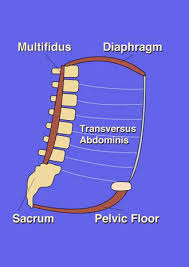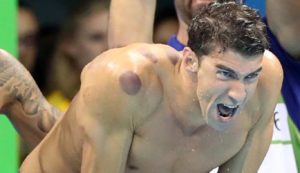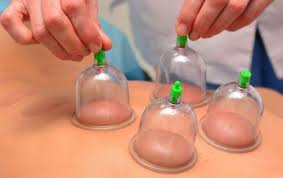Core Stability: Why Is It Important and How to Strengthen it?
Following on the last post on improving spinal flexibility, the next step, in improving spinal health and particularly lower back health for back pain sufferers is too wake up those sleeping abdominal muscles. The ‘Core’ group of muscles refers to the group of muscles that surround the abdomen and lower back. ‘Stability’ refers to using the activation of these muscles to provide active support and control for spinal movement.
What Are The Core Muscles?
The core muscles encompasses a group of deep and superficial abdominal muscles. These muscle form a canister of support for the spine, particularly the lower back and pelvis. These muscles include the diaphragm, transversus abdominus, multifidus, and the pelvic floor.


Why is ‘Core Stability’ Important for Low Back Pain?
For sufferers of low back pain, the strength of the core is not the issue. Awakening the core muscles will provide the support to spinal tissues and help reduce back pain. Often in episodes of low back injury the rest involved with the injury will causes our ‘core stability’ muscles to have a holiday. Having an active core musculature has shown to assist support and control of the lower spinal vertebrae and the associated soft tissues. We don’t need to hit the gym to wake these muscles up but some simple gentle exercises can ‘wake’ up the core muscle. A couple of minutes of exercise can be enough to manage the pain.
Two Safe and Easy Core Stability Exercises
1- PLANK ON KNEES

The plank is the ‘old faithful’ of core stability exercises. It easy to perform, and very effective for awakening the core muscles.
Here is how it is done.
- Place the Elbows on ground directly under shoulders.
- Place Knees on ground
- Keep hips, pelvis, trunk off the ground, in the plank position. Avoid letting the abdomen and spine sag towards the floor
- Keep hips, spine and trunk and neck in alignment
- Hold for 15 seconds, repeat 3 time.
- With practice you can increase the time of the hold
- If experiencing any back pain stop.
3: Bird Dog:
The bird dog is another simple core exercise that combines, muscle activation, endurance and balance

- Start in the ‘Table Top’ position with hands under shoulders and knees under your hips.
- Move your right leg back, by dragging your knee back until the knee is straight, keeping the leg inline with the torso and the pelvis level.
- Try not to let the pelvis twist, keeping it level, do not let spine and abdomen sag towards the floor.
- At the same time move the opposite arm forward, again keeping in line with your body, until arm in fully extended and level with the shoulder.
- Hold the extended arm and leg in this position for 1 sec
- Slowly bring the arm and leg to the start position, and repeat 3 times.
- Repeat with opposite arm and leg.
- Stop if experiencing any pain





